PostTime:10/8/2024
Recently, Marcelo Fabián Ciappina, associate professor of the Department of Physics at Guangdong Technion - Israel Institute of Technology (GTIIT), and Dr. Paraskevas Tzallas from the Foundation for Research and Technology-Hellas (IESL-FORTH), co-authored a new book titled "High-Order Harmonic Generation in Solids", which has been officially published.
Published by World Scientific, the book is designed to cover both the fundamental and technological aspects of high-order harmonic generation in solids. It is divided into 14 chapters, each with independent themes, and features contributions from top experts in the field, who share their research findings and the latest technologies on the topic of attosecond physics.
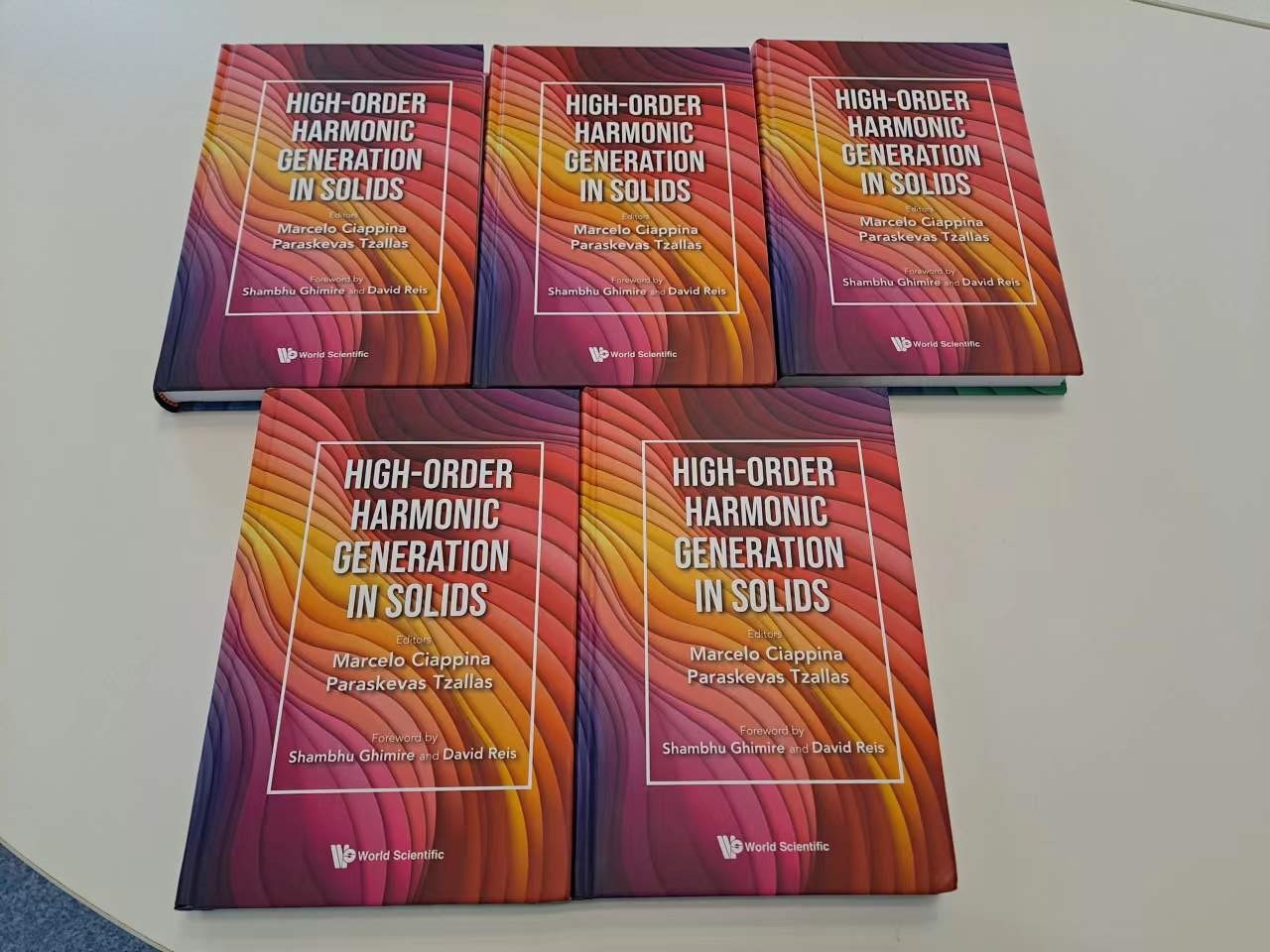
The book has received recognition from Ferenc Krausz, the Nobel Prize Laureate in Physics 2023 and one of the pioneers in attosecond physics. Prof. Ferenc Krausz pointed out that the book provides an excellent overview of the intersection between attosecond physics and condensed matter physics. This recognition not only affirms the contributions of the authors and all participants but also attracts the attention of the scientific community and the public, further emphasizing the academic significance of the book within the field.
About the book
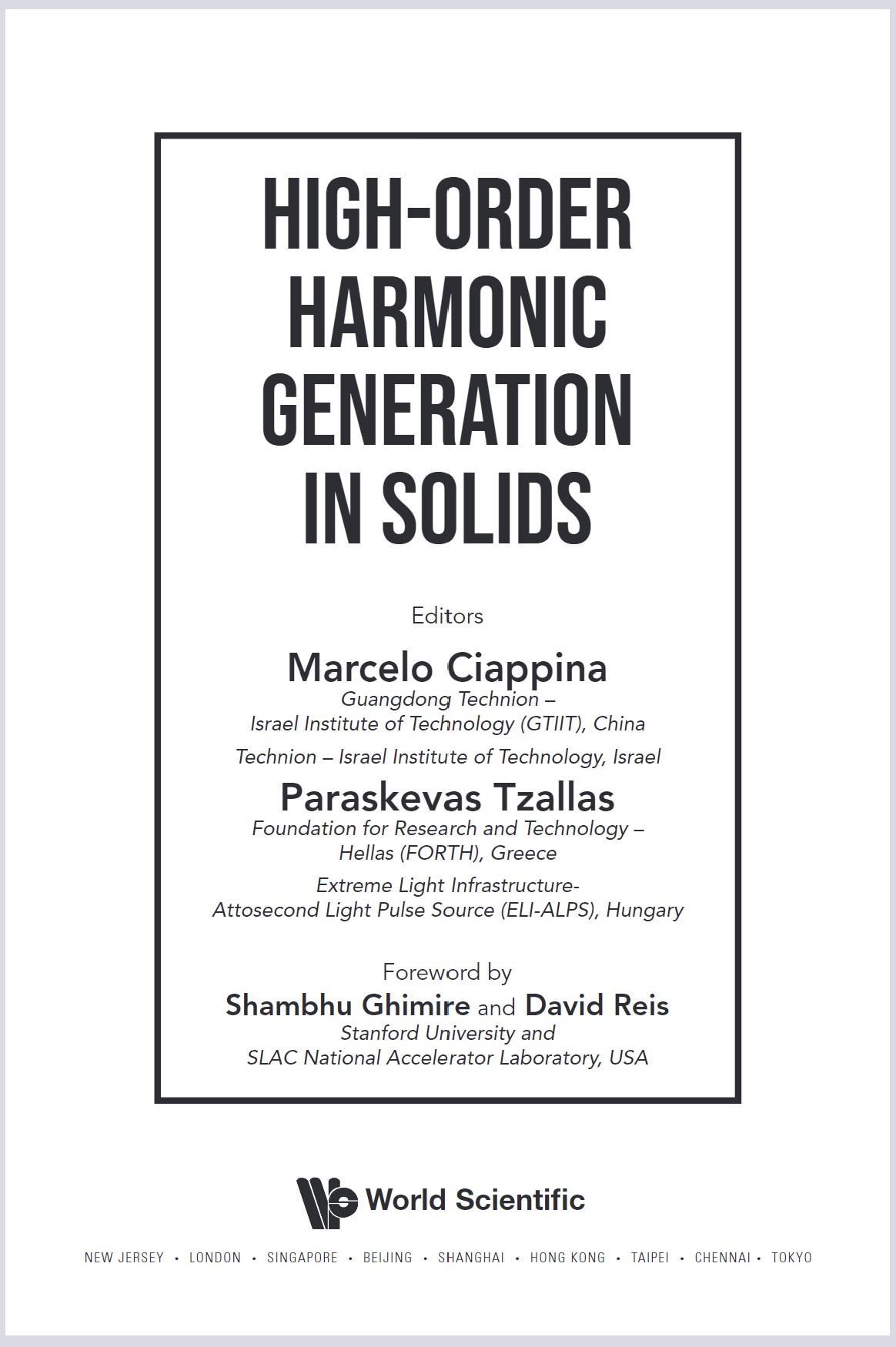
Attosecond physics is the study of ultrafast processes occurring on the timescale of attoseconds (1 attosecond = 10^-18 seconds). It is primarily focused on observing and controlling the dynamics of electrons within atoms, molecules, and solids. In solid-state targets, attosecond physics plays a crucial role in understanding ultrafast electron dynamics in condensed matter systems. When intense laser pulses interact with solid materials, they can induce strong nonlinear effects, leading to the generation of attosecond bursts of light, such as high-order harmonics (HHG) in the extreme ultraviolet (XUV) range. These attosecond pulses allow scientists to probe electron excitation, transport, and recombination processes on ultrafast timescales, providing insights into electron behavior in semiconductors, insulators, and other complex materials.
The first observation of high-order harmonic generation in solids dates back to 2010, when Shambhu Ghimire, David A. Reis, and their collaborators conducted pioneering experiments on non-perturbative high-order harmonic generation (HHG) in solid materials, specifically using zinc oxide (ZnO) crystals. Prior to this, HHG studies had focused on atoms and molecules in gas phases. One of the main challenges in condensed matter systems was preventing plasma formation and sample damage under strong laser fields. However, by tightly focusing the laser beam onto a thin ZnO crystal, Ghimire et al. mitigated these issues. They observed high-order harmonics up to the 25th order, with key similarities to HHG in gaseous media, including a plateau in the spectrum. Despite these parallels, the harmonic cutoff in solids followed a different scaling law, indicating a new underlying mechanism driven by the solid’s periodic structure and high density.
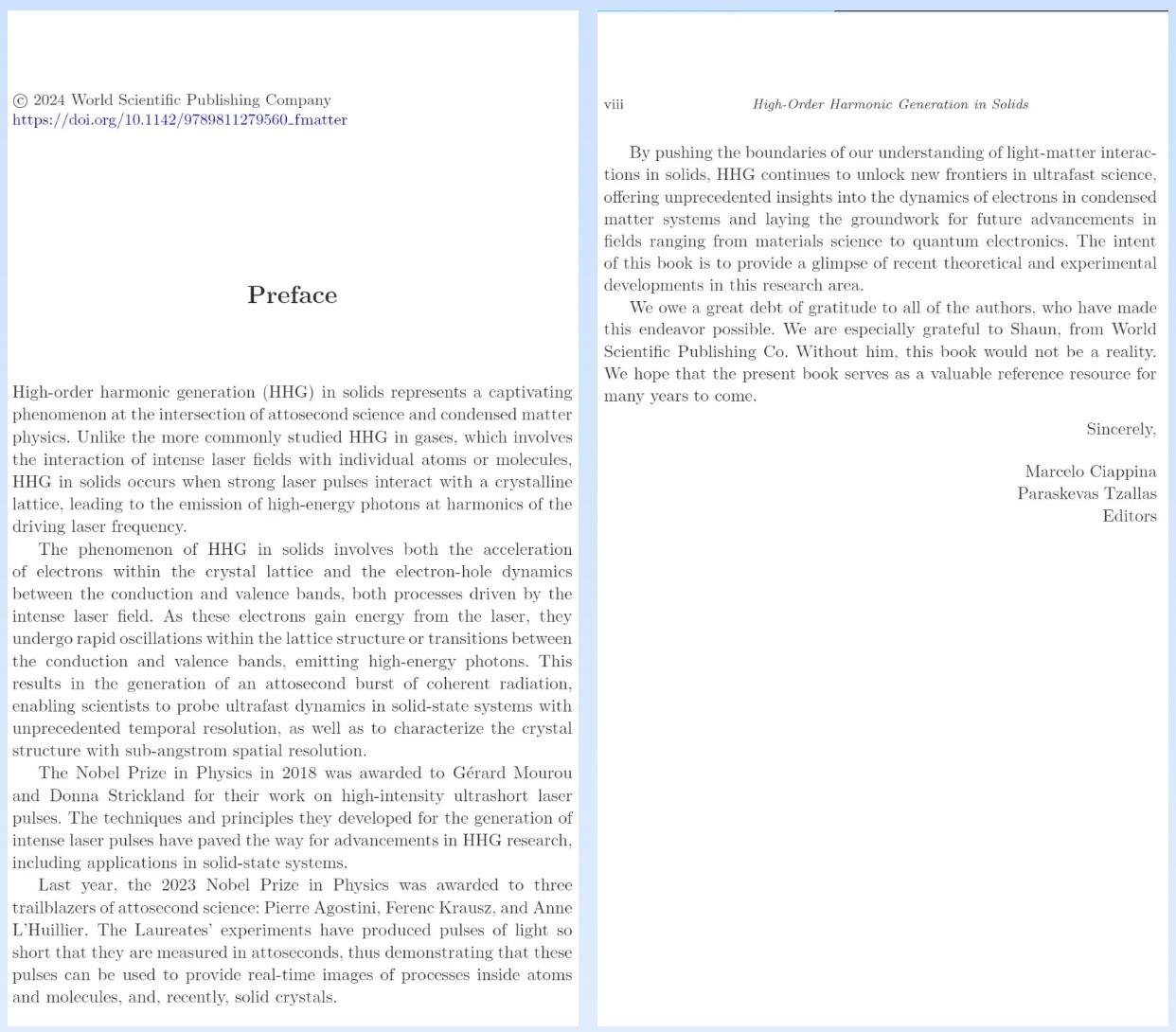
Preface
With more than a decade of steady growth, high-order harmonic generation (HHG) in solids has reached a level of maturity, revealing distinct physical mechanisms that set it apart from gas-phase HHG. This progress has created an increasing need for comprehensive literature on the subject. A dedicated book would consolidate both theoretical and experimental advancements, providing deeper insights into strong-field interactions in condensed matter while addressing the unique challenges and applications of solid-state HHG. Such a resource would be invaluable for researchers and graduate students in attosecond science, laser physics, and condensed matter physics, helping to drive further innovation in this rapidly evolving field.
Covering both theoretical concepts and the latest research developments in the field of attosecond physics, this professional book is of significant reference value for students at the graduate level. By exploring the opportunities and challenges presented by solid-state high-order harmonics, students can gain a more comprehensive understanding of the field, its relevance to modern technologies, and its future development, thereby encouraging critical thinking and inspiring innovative ideas for their own research projects.
Details about the book
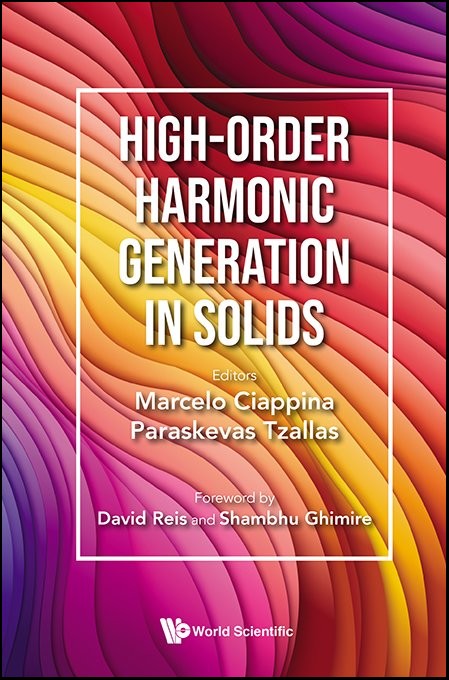
High-Order Harmonic Generation in Solids. Edited by: M. F. Ciappina and P. Tzallas, (World Scientific Publishing, Singapore, 2024) 352 pages. Endorsed by Prof. Ferenc Krausz, Nobel Laureate in Physics 2023
More information:
https://doi.org/10.1142/13506
Introduction
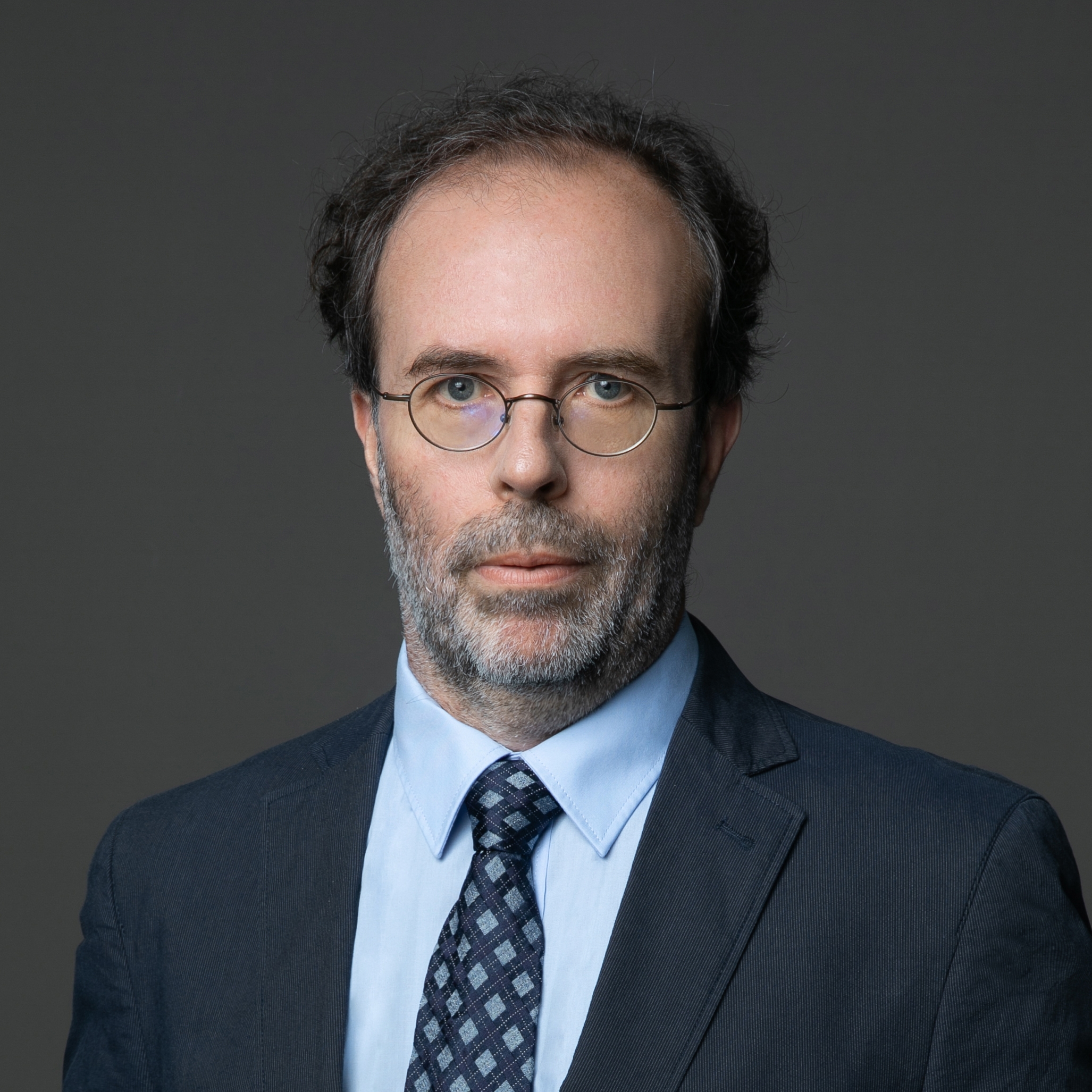
Prof. DSc Dr Marcelo Fabián Ciappina joined the GTIIT in fall 2020 as an Associate Professor. He completed the PhD in Physics at Balseiro Institute, Argentina, in March 2005 and the Research Professor in Physico-Mathematical Sciences (DSc) dissertation (Habilitation) at the Czech Academy of Sciences, Czech Republic in June 2019. He has held postdoctoral and other senior positions around the world, including, amongst others, various Max Planck Institutes in Germany (MPI-K Heidelberg, MPQ Garching and MPI-PKS Dresden), the Institute of Photonic Sciences (ICFO) in Spain, the Extreme Light Infrastructure (ELI)-Beamlines in Czech Republic, the Institute of High Performance Computing (IHPC) (A* STAR, Singapore) and the Auburn University (USA).
Prof. Dr Marcelo Fabián Ciappina is regarded as an expert in theory and numerical simulations of nonlinear laser interactions with atoms, molecules and complex systems. He is also an Associate Editor of Ultrafast Science, a science partner journal. In a few recent years he is one of the pioneers in a novel and fascinating field that merges two relatively new areas of research: attosecond and nanoscale physics. He has co-authored over 200 journal papers with an H-index of 39 (Google Scholar).
© GUANGDONG TECHNION-ISRAEL INSTITUTE OF TECHNOLOGY | 粤ICP备17036470号
